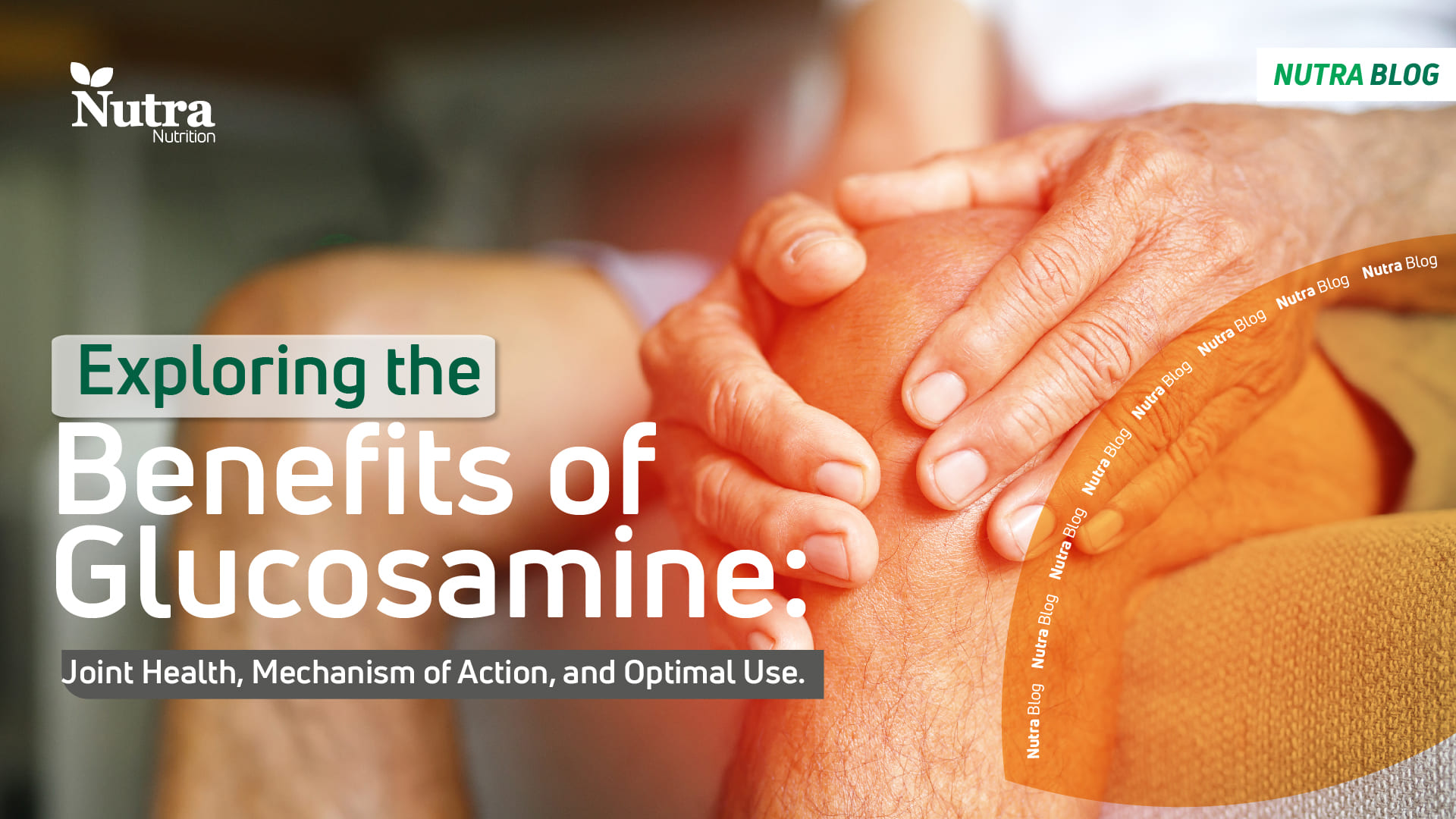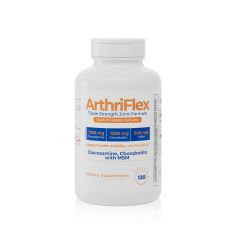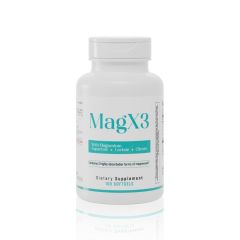Exploring the Benefits of Glucosamine: Joint Health, Mechanism of Action, and Optimal Use
- Home
- Nutra Blog: Health and Nutrition
- Exploring the Benefits of Glucosamine: Joint Health, Mechanism of Action, and Optimal Use

Exploring the Benefits of Glucosamine: Joint Health, Mechanism of Action, and Optimal Use
May 31, 2025
By
Nutra Llc
0 comment(s)
Glucosamine, a natural compound found in cartilage, plays a crucial role in joint health and is commonly used as a dietary supplement to support joint function and alleviate symptoms of osteoarthritis. Let's dive into its primary benefits, how it works, and how to consume it effectively.
Key Benefits of Glucosamine
Glucosamine is known for its potential to:
Reduce Joint Pain: Research suggests that glucosamine may help relieve joint pain in osteoarthritis patients, although effectiveness varies across studies (Fernández Dorta, 2016).
Support Cartilage Health: As a substrate for proteoglycan synthesis, glucosamine contributes to the structural integrity of cartilage, essential for joint function (Fernández Dorta, 2016).
Slow Cartilage Degradation: Some studies indicate glucosamine may inhibit enzymes that break down cartilage, aiding in its long-term preservation (Fernández Dorta, 2016).
Mechanism of Action
Glucosamine supports joint health by reducing systemic inflammation. Studies show it can lower levels of biomarkers like high-sensitivity C-reactive protein (hsCRP) and prostaglandin E2 (PGE-M), both linked to inflammation in the body. By downregulating these biomarkers, glucosamine helps protect cartilage and potentially reduces the risk of degenerative diseases associated with chronic inflammation, such as osteoarthritis (Kantor et al., 2014).
How to Consume Glucosamine
For optimal benefits, it is recommended to:
-
Take 1,500 mg per day of glucosamine sulfate, preferably in divided doses. This dosage has been widely studied and is considered safe for most adults (Glucosamine is a supple…).
-
Consider combining glucosamine with chondroitin for enhanced benefits in joint protection, although this combination may vary in effectiveness depending on individual needs (Glucosamine is a supple…).
Conclusion
Glucosamine offers promising benefits for those looking to support joint health and reduce discomfort associated with joint wear and tear. Incorporating glucosamine into your routine could be an effective strategy to protect your joints over time.
Ready to improve your joint health? Visit our store to explore our range of glucosamine supplements!
REFERENCES
-
Reference: Fernández Dorta, L. (2016). Glucosamina y sulfato de condroitina en el tratamiento de la osteoartritis. Revista CENIC. Ciencias Biológicas, 47(2), 93-99. Centro Nacional de Investigaciones Científicas, Ciudad de La Habana, Cuba.
https://www.redalyc.org/articulo.oa?id=181245821004 -
Reference: Kantor, E. D., Lampe, J. W., Navarro, S. L., Song, X., Milne, G. L., & White, E. (2014). Associations Between Glucosamine and Chondroitin Supplement Use and Biomarkers of Systemic Inflammation. Journal of Alternative and Complementary Medicine, 20(6), 479–485.
YOU MAY ALSO BE INTERESTED IN
*Disclaimer: Statements made, or products sold through this website, have not been evaluated by the United States Food and Drug Administration.
They are not intended to diagnose, treat, cure or prevent any disease.



